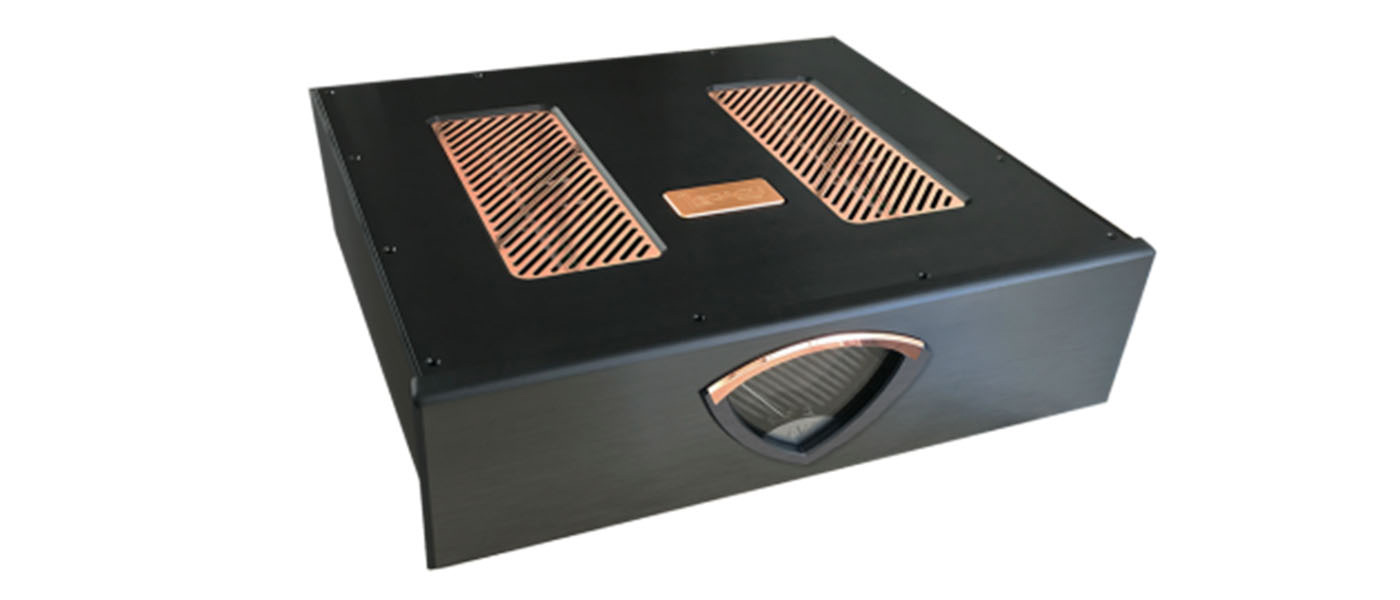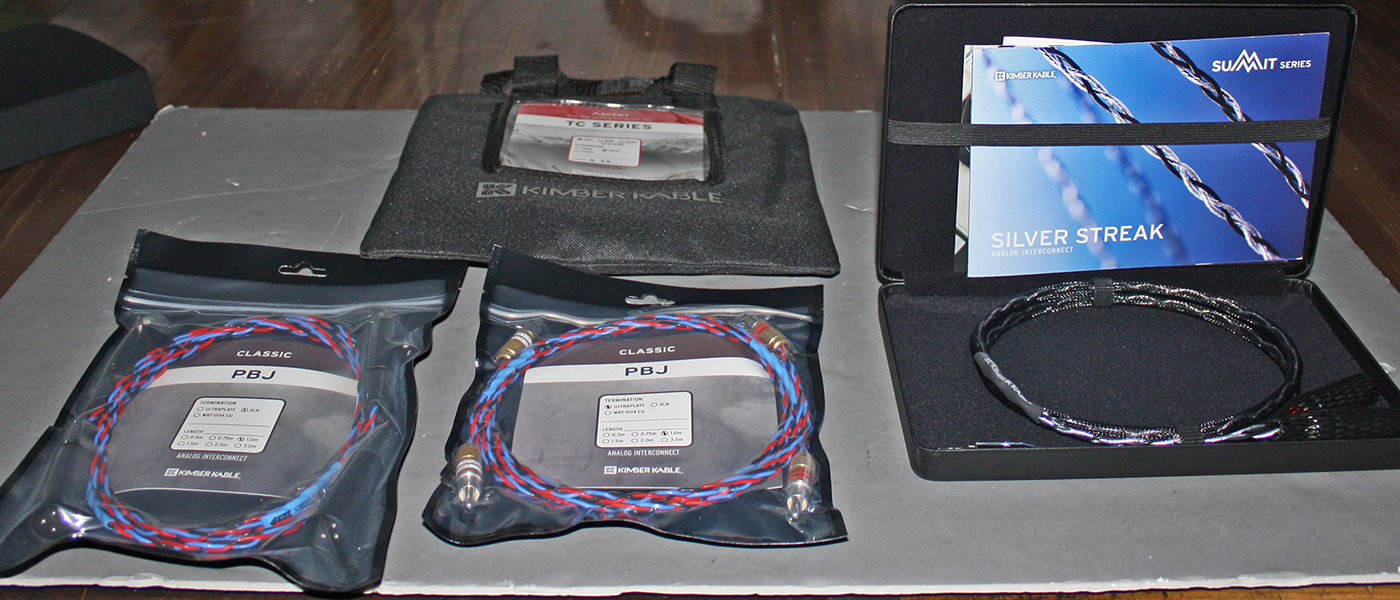
As someone who wanted a lot of powerful amplifier channels in a relatively small and cool-running chassis, Class D held a lot of appeal to me. Sadly, there were a few minor sound quality trade-offs I had to make versus the best Class A/B solid-state multi-channel amplifiers, the biggest of which was the slightly grainier treble that seems inherent in all the Class D designs of the early 2010s. Technology has marched forward in the past decade and Class D amplification is no exception. In recent years there have been more Class D modules introduced to the market, all of which promise to deliver a sound more like the best traditional amplifier designs without the bulk or poor efficiency of solid-state (or tubes). Companies like NCore, Anaview, Abletec, and Purifi have all been making headlines of late by producing some very well-received products. It should come as no surprise then that the ICEpower® modules that power my existing reference amp have also been improved. The new ICEedge® modules are at the heart of the Legacy Audio i.V 7 amplifier that we have here today. Legacy Audio has a fantastic track record for delivering top-quality audio products so to say I was excited about this review would be an understatement.
Secrets Sponsor
The specs on the i.V 7 are pretty impressive. Within its relatively small 31-pound chassis are seven channels of amplification, each putting out 610 watts @ 8 ohms. Running 4-ohm speakers? The wattage increases to 660 watts by seven. More impressive is that these specs are with all channels driven. Peak output on any given channel is right around 1.2kW. Good thing I have a dedicated 20-amp circuit for my audio rack.
Secrets Sponsor
I’ve had the Legacy Audio i.V 7 in my reference system for a few weeks now and have been suitably impressed. However, can the Class D i.V 7 hang with the traditional “big boys” in the amplifier market, or is it merely “good for a switching amp?” Keep an eye out for my full review in the coming weeks as I’ll do my best to answer that very important question.


